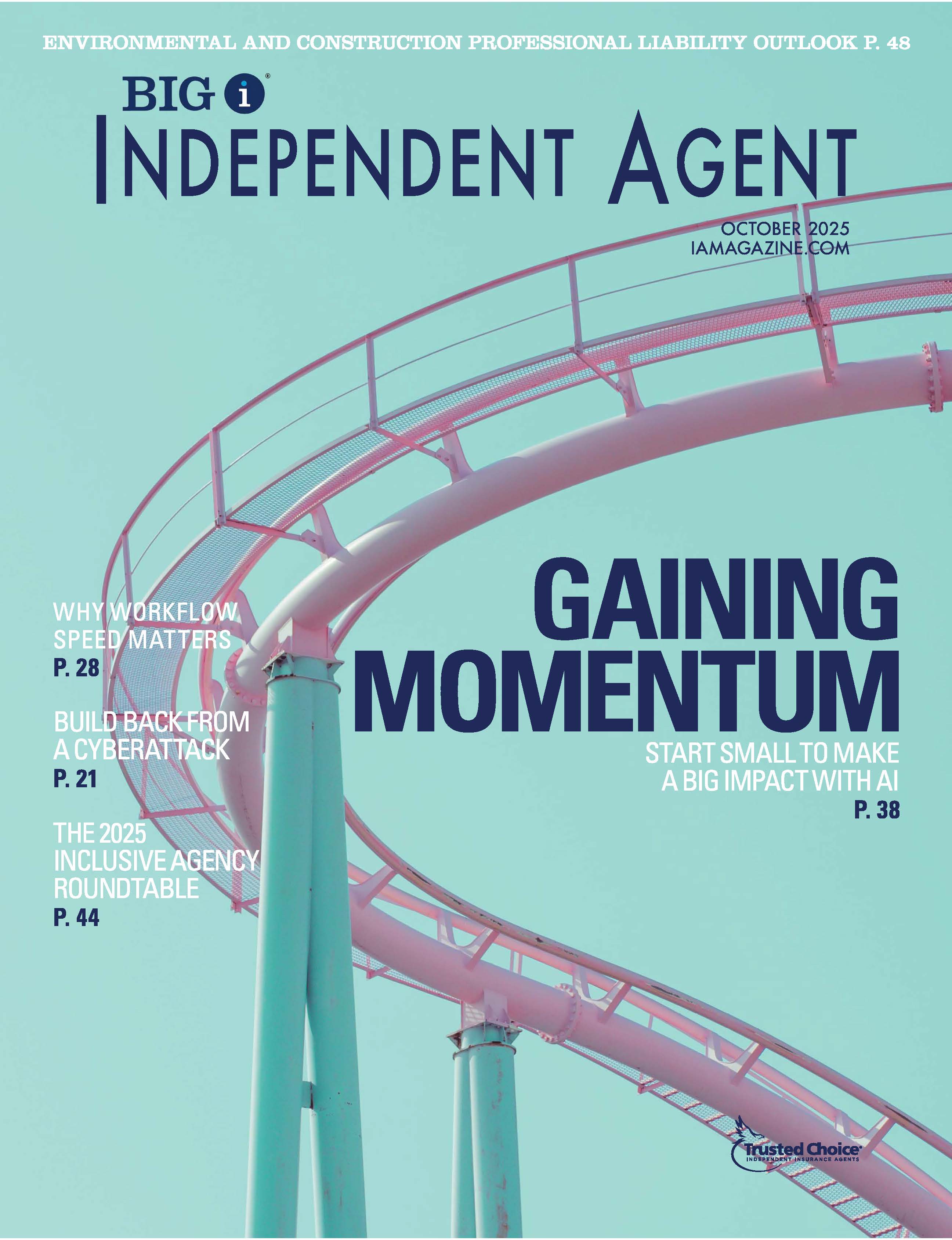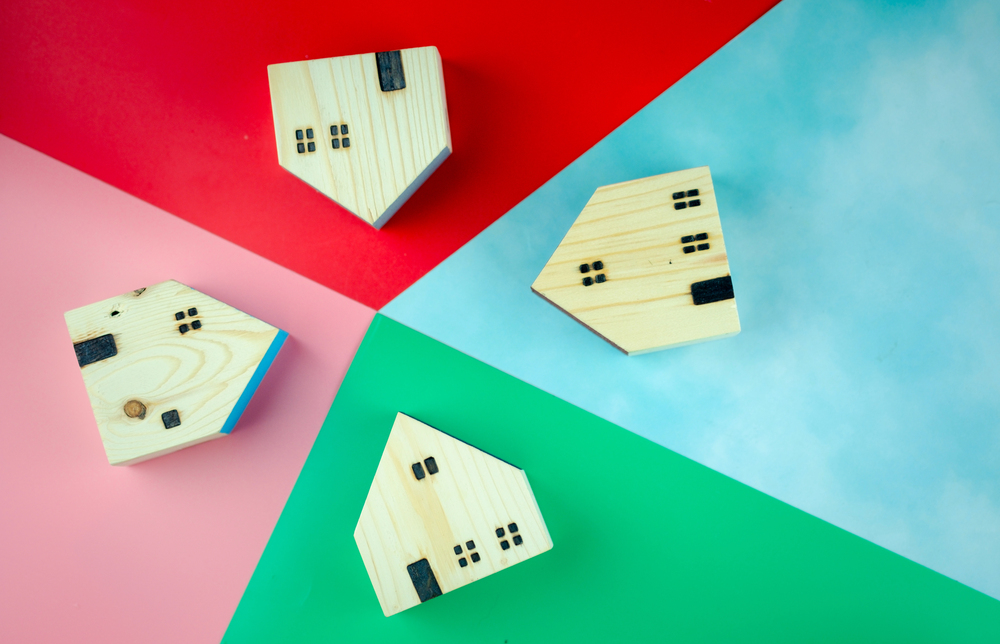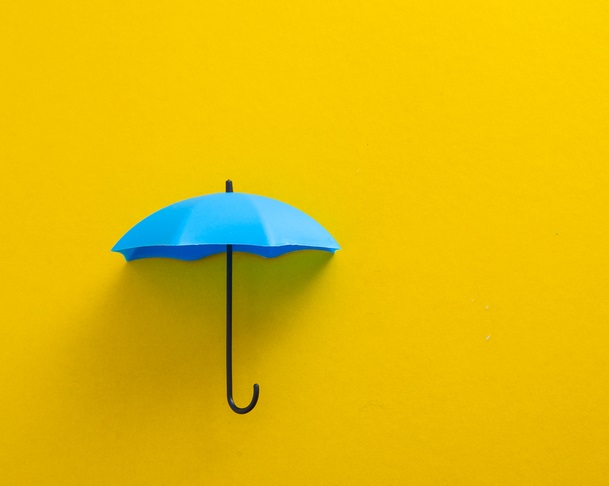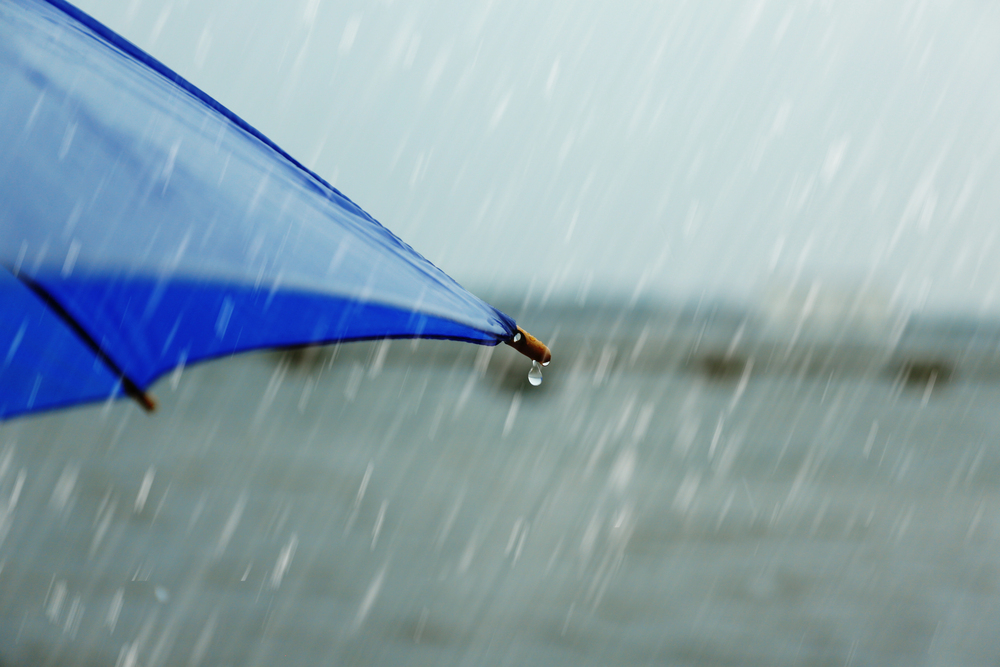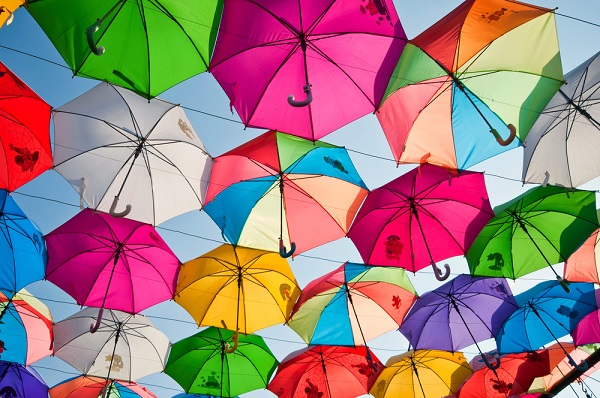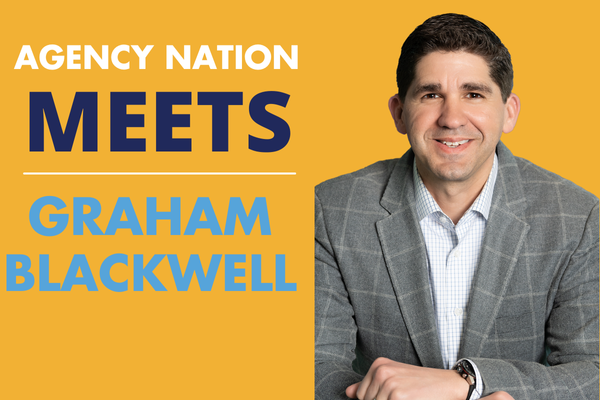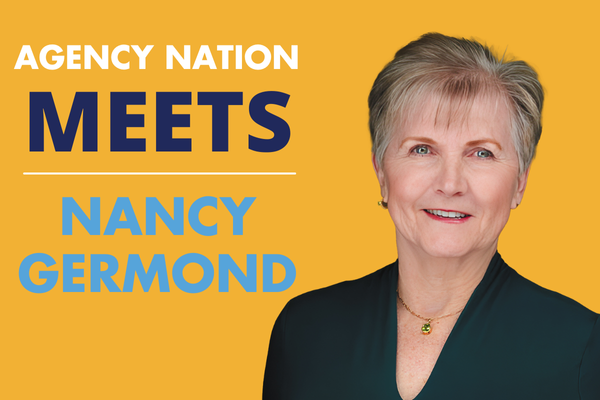How Societal Changes Are Stirring Up the Personal Umbrella Market
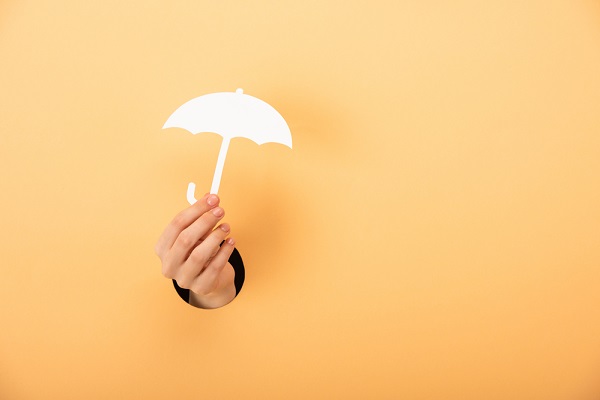
By: Olivia Overman
Umbrella coverage offers attractive protection for those who worry that their underlying insurance policy limits might not be high enough or that insurance gaps might be leaving them exposed. Today, as we live through the COVID-19 pandemic, certain trends are emerging that may have an impact on the personal umbrella market in the future.
“Trends in the personal umbrella market are often not understood or fully realized until years after they begin to occur. That always makes the market interesting, but generally speaking, the umbrella market, as far as trends go, will follow both the auto and homeowner liability markets,” says Hayden Kopser, co-founder and president, North Improvement, LLC.
A look at the current trends in the umbrella space can shine a light on what we are seeing in the umbrella space right now.
At the close of the third quarter of 2020, umbrella and excess liability saw the second-highest increase in rates with an 8.5% increase in the second quarter, according to MarketScout. Commenting on the increase in rates, Richard Kerr, CEO and founder of MarketScout was quoted as saying: “We expect the fourth quarter of 2020 will reflect continued aggressive rate increases in property, directors & officers, and umbrella and excess liability coverages.”
The last decade saw a spike in fatal car crashes, which may be attributed somewhat to distracted driving. “Since the initial lockdown occurred, we’ve seen an increase in the auto fatality rate. My theory, and based on what police in many states have said, is that more open roads are leading to people driving faster,” Kopser says. “For someone who’s an unsafe driver or someone prone to speeding, having fewer cars on the road, particularly back during the spring of 2020, seemed to incentivize people to drive more recklessly.”
Echoing that sentiment, Mary Qualls, chief underwriting officer, Vault Insurance says, “you are hearing that countrywide the frequency of losses is down, but if you’ve been on the New Jersey Turnpike during this COVID-19 period, you will see why severity is up. It appears that many who previously commuted and traveled via public transport are now getting behind the wheel on highways like the Turnpike. While notoriously known for being an area for aggressive driving, that intensity has been turned up a notch.”
Meanwhile, “the social inflation phenomena continues and is worse in some states than others,” says Eric Raudins, vice president, specialty personal lines, RLI Insurance Company. “Outsized jury awards continue to drive severity.”
“We expect that there will be upward pressure on rates as societal changes continue to drive severity of loss,” Raudins says. On a positive note, “the pandemic has allowed us to catch up to trend somewhat due to reduced frequency of loss.”
In the high net-worth market, we are seeing people who have relocated, for example, from their Manhattan condo to their Vermont ski house. “That’s got its pluses and minuses,” Qualls explains. “From the standpoint of buying a home there or going to their second home, where they are adding toys, for example, an ATV, that attracts additional liability losses.”
“Additionally, you can see changes in the driving complexity of the household,” she continues. “With children being home and having access to vehicles they may not have had access to because they were away at school.”
While capacity remains unchanged for the most part “carriers that were more leery of writing personal umbrella last year continue to be leery of writing it and may have extra underwriting questions this year,” Kopser explains. “Those who have a tremendous appetite to write it, both from an underwriting perspective and limits and capacity perspective, are still quite open to doing it.”
In terms of underwriting, the standalone market may be coming to the forefront, particularly in states that have faced weather-related catastrophic events. “Due to wildfires, homeowner carriers in California have changed their underwriting criteria or have left the state completely,” says Mike Bradley, president, Personal Umbrella.com “Insureds are now having to purchase specialized homeowner policies from carriers that don’t offer auto, so we’re seeing insureds that have separate home and auto policies, which presents an opportunity for the standalone market.”
As claims go up and new risks emerge, the personal umbrella market appears to be hardening. We are seeing “rate increases across the board so carriers have the ability to pay those large claims,” says Daina Kawchack Smith, chief marketing officer, Personal Umbrella.com. “We’re expecting to see underwriting tighten, too—all driven by claims, lawsuits and payouts that are more and more expensive.”
Olivia Overman is IA content editor.
